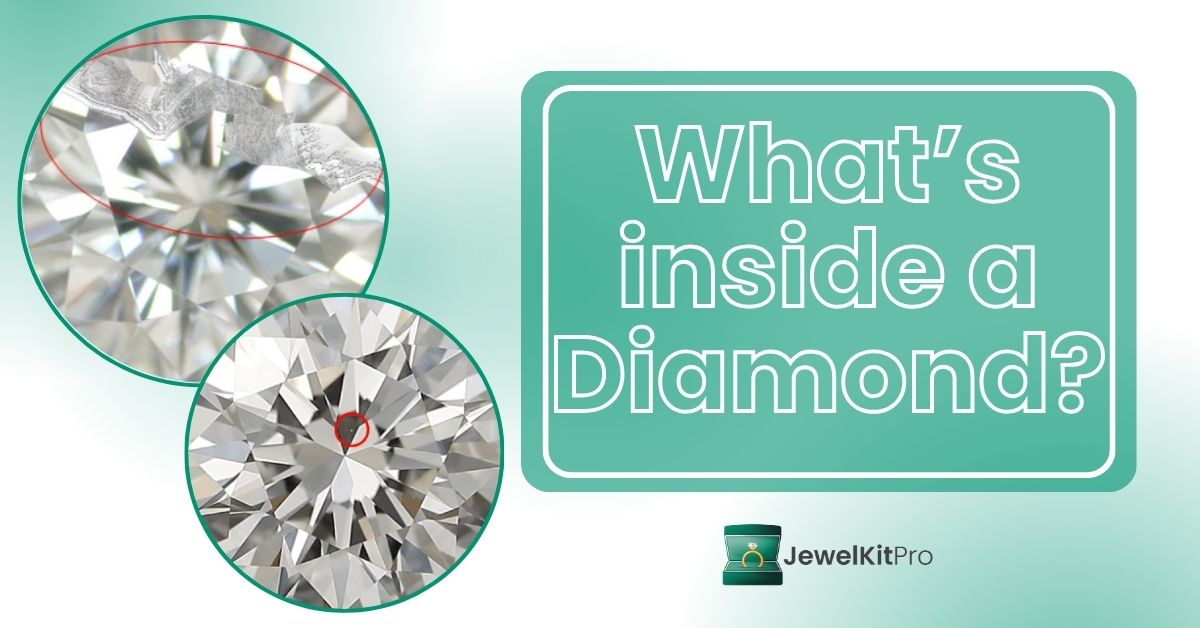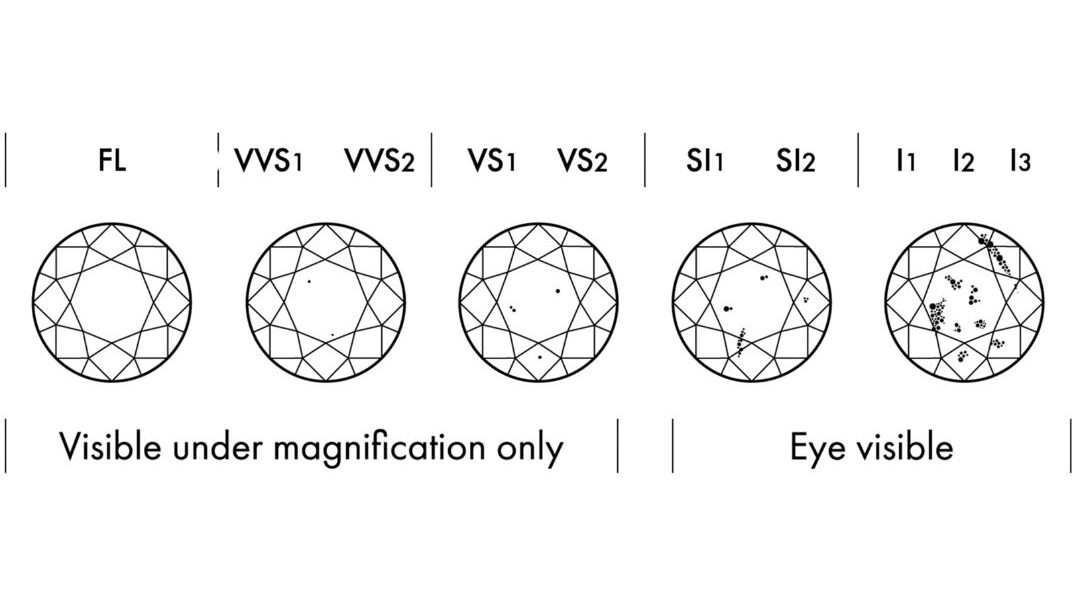
When we think of diamonds, we imagine flawless brilliance and crystal-clear sparkle. But look closer—deep inside each diamond is a microscopic world that reveals where it came from, how it formed, and whether it’s truly natural. In this post, we dive into the hidden world of diamond inclusions, what they mean for clarity, and why they matter to designers.
What Are Inclusions?
Inclusions are tiny natural features formed within a diamond as it grows under intense heat and pressure deep in the Earth. These can include:
- Crystals of other minerals
- Internal fractures
- Clouds or feathers
- Tiny carbon traces
Think of them as nature’s fingerprints—completely unique to each stone.
What Inclusions Reveal
Inclusions do more than affect a diamond’s beauty. They can:
- 🧭 Indicate origin: Certain inclusions are linked to specific mines or regions.
- 🔬 Authenticate natural vs. lab-grown: Lab-grown diamonds often have different inclusion patterns.
- 💎 Determine clarity grade: Inclusions are key to assessing how “clean” a diamond is.
- 🌍 Contain ancient minerals: Some inclusions trap minerals that tell scientists about Earth’s deep layers.
In many ways, each inclusion tells part of the diamond’s story.
Diamond Clarity: A Quick Crash Course

Clarity is one of the famous 4Cs (Cut, Clarity, Color, Carat) and refers to how free a diamond is from inclusions and blemishes. Here’s a simplified version of the GIA clarity scale:
- FL / IF (Flawless / Internally Flawless): No visible inclusions even under 10x magnification
- VVS1 / VVS2 (Very Very Slightly Included): Inclusions are extremely difficult to see
- VS1 / VS2 (Very Slightly Included): Inclusions are minor and hard to see
- SI1 / SI2 (Slightly Included): Noticeable under magnification but not to the naked eye
- I1 / I2 / I3 (Included): Inclusions are visible without magnification
Most jewelry-grade diamonds fall within the VS to SI range, offering good value and beauty.
Are Inclusions Always a Bad Thing?
Not necessarily. Inclusions:
- Make each diamond unique
- Can add character and natural beauty
- Allow you to identify the diamond (like a fingerprint)
- Help keep prices more accessible
For many jewelry designers and buyers, a diamond with minor inclusions is perfectly acceptable—especially if they’re invisible to the naked eye.
Designer Tips: Working With Diamond Clarity
As a designer, here’s what to keep in mind:
- Balance cost and beauty: VS and SI clarity stones often offer the best sparkle for the price.
- Use inclusions to tell a story: A small internal crystal can add character.
- Clarity matters less in smaller stones: Melee diamonds don’t need to be flawless.
- Know your customer: Some prefer perfection; others value uniqueness.
When working digitally (especially using JewelKitPro’s gemstone components), understanding clarity can help you choose the right stone for your visual storytelling.
Final Thoughts
Every diamond has something inside—not just light and brilliance, but a story told in inclusions. As a jewelry designer, knowing what those inclusions mean helps you create more thoughtful, intentional designs.
💎 Want to learn more about diamonds, gemstones, and professional design tools? Explore the rest of the JewelKitPro blog for educational guides and tips.